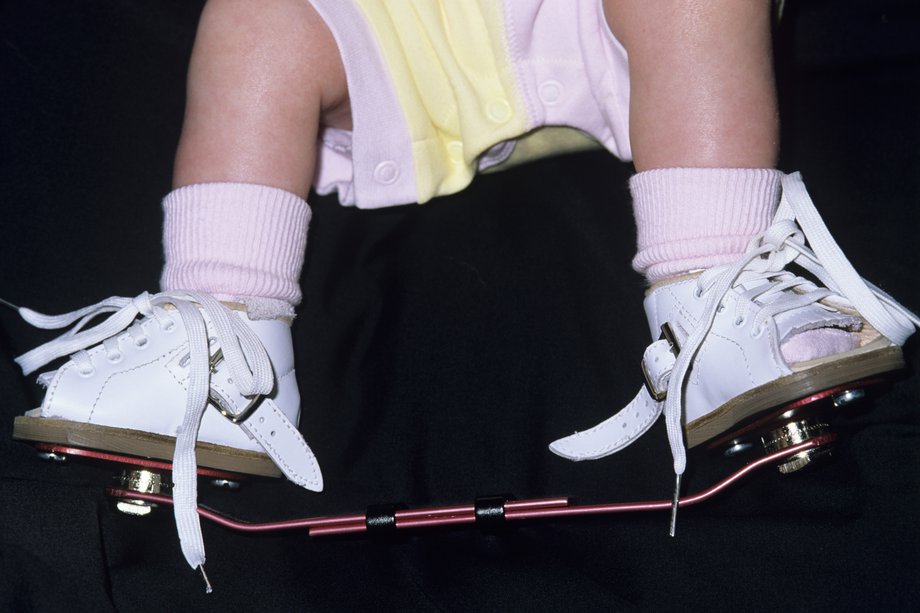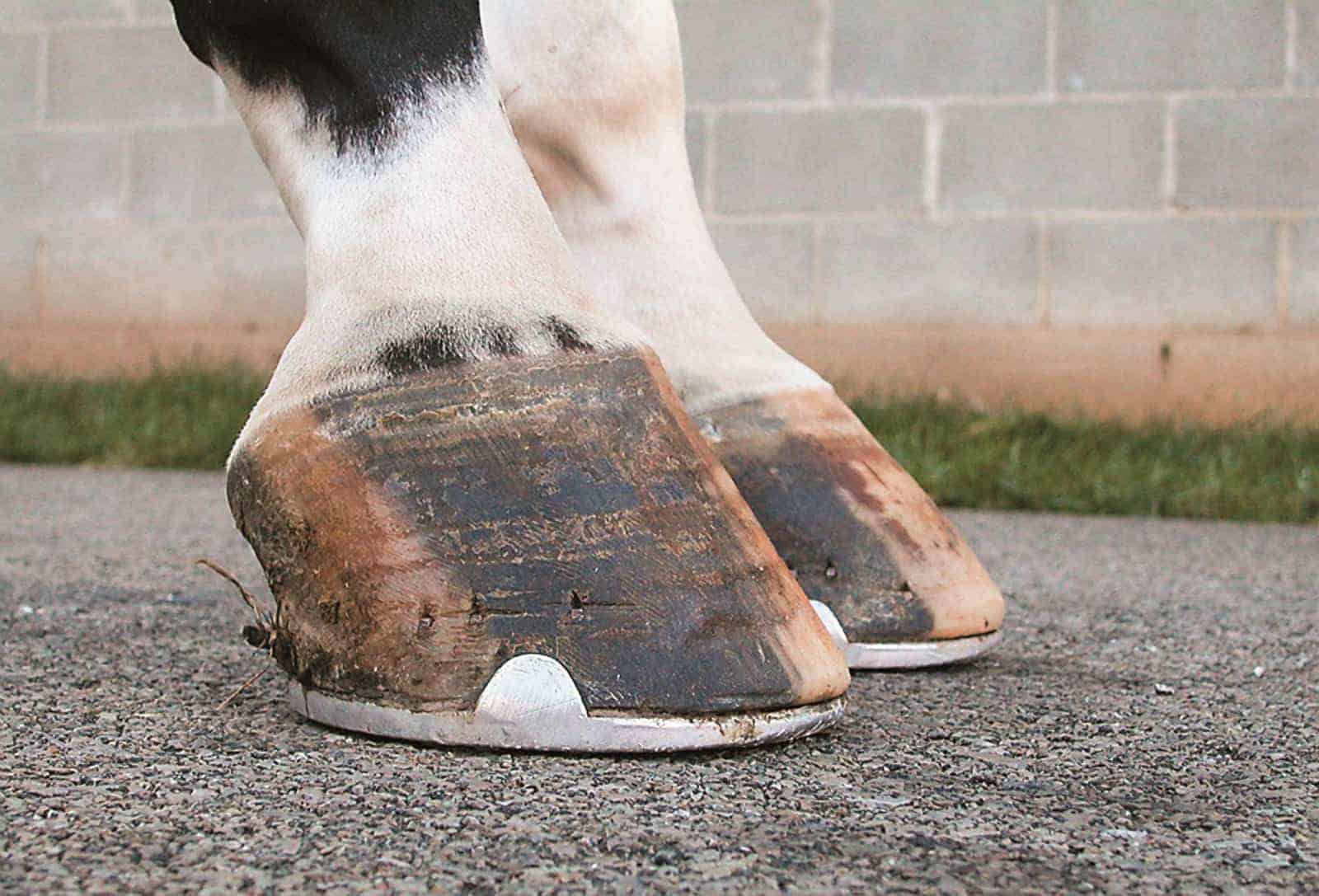Club Foot / It is known as talipes equinovarus (tev) or congenital talipes equinovarus (ctev).. This treatment uses a series of casts and braces to rotate the baby's foot into a corrected position. Approximately one infant in every 1,000 live births will have clubfoot, making it one of the more common congenital (present at birth) foot deformities. Many horses have what are known as mismatched feet (figure 1). Using the ponseti method, the clubfoot is manipulated or stretched every five to seven days and the plaster casts are changed.this baby is on one of his last treatments for his clubfeet and will then wear a brace for a few years. The condition is also known as talipes or talipes equinovarus. An excellent example of mismatched feet. The goal of treating clubfoot remains the same whatever the approach: Ct study at maturity. journal of bone and joint surgery of britain 86, no. Clubfoot also known as talipes equinovarus (tev), is a common foot abnormality, in which the foot points downward and inward. Children with clubfoot should be able to take part in regular daily activities once the condition is treated. The ankle can be twisted at a sharp. There are four variations of clubfoot, including talipes varus, talipes valgus,. Treatment usually begins sometime between birth and 4 weeks of age and involves two. Clubfoot is a deformity in which an infant's foot is turned inward, often so severely that the bottom of the foot faces sideways or even upward. Birkobalance arch supports for children. Sometimes nonsurgical treatments, such as casting, can correct clubfoot. The condition is also known as talipes or talipes equinovarus. Treatment is necessary to correct clubfoot and is usually done in two phases — casting and bracing. In club foot, 1 foot or both feet point down and inwards with the sole of the foot facing backwards. To qualify, you must have all of the following: The affected foot and leg may be smaller in size compared to the other. The condition is normally identified after birth, but doctors can also tell if an unborn baby. With clubfoot the tissues connecting the muscles to the bones are shorter than usual. Clubfoot can be repaired by casting or surgery. Severe club foot will qualify you to receive disability benefits if you meet the requirements in social security's disability listing for major dysfunction of a joint. This happens because the tissues that connect muscles to bone (called tendons) in your baby's leg and foot are shorter. This is present at birth (and in some cases may be detected on prenatal ultrasound). The ponseti method is the most common and effective clubfoot treatment. Without treatment, the foot remains deformed, and people walk on the sides of their feet. Instead of being straight, a clubfoot points down and turns in. The foot points downward, and the toes may be curled inward. A foot that turns inward and downward, with toes pointing toward the opposite foot. The affected foot appears to have been rotated internally at the ankle. Approximately 50% of cases of clubfoot affect both feet. Definition clubfoot is a condition in which one or both feet are twisted into an abnormal position at birth. This occurs when the horse has a higher or more upright hoof angle on. This happens because the tissues that connect muscles to bone (called tendons) in your baby's leg and foot are shorter. After the armadillo closed on the last day of that year, the hippies moved on to liberty lunch on 2 nd street or soap creek #2 at the old skyline club on north lamar, and the foot got most of the alternative/punk acts, like u2, new order, rem, x, gang of four and a young metallica. Most commonly, a doctor recognizes clubfoot soon after birth just from looking at the shape and positioning of the newborn's foot. Clubfoot can be repaired by casting or surgery. Many horses have what are known as mismatched feet (figure 1). This occurs when the horse has a higher or more upright hoof angle on. In severe cases, the clubfoot may be twisted upside down. It is known as talipes equinovarus (tev) or congenital talipes equinovarus (ctev). This treatment uses a series of casts and braces to rotate the baby's foot into a corrected position. Treatment usually begins sometime between birth and 4 weeks of age and involves two. Treatment is necessary to correct clubfoot and is usually done in two phases — casting and bracing. Sometimes nonsurgical treatments, such as casting, can correct clubfoot. After the armadillo closed on the last day of that year, the hippies moved on to liberty lunch on 2 nd street or soap creek #2 at the old skyline club on north lamar, and the foot got most of the alternative/punk acts, like u2, new order, rem, x, gang of four and a young metallica. Most of the time, it is not associated with other problems. Kirby penttila, burwash equine services. Clubfoot is a fairly common birth defect and is usually an isolated problem for an otherwise healthy. Approximately 50% of cases of clubfoot affect both feet. It is known as talipes equinovarus (tev) or congenital talipes equinovarus (ctev). Other authors add the additional goals of achieving a foot that is in a plantigrade position and ability to wear normal shoes. Clubfoot is a birth defect where one or both feet are rotated inward and downward. Description true clubfoot is characterized by abnormal bone formation in the foot. The influence of treatment on the pathology of club foot. The clubfoot may be smaller than the other foot (up to ½ inch shorter).
Patients with club feet often appear to walk on their ankles.

Without treatment, the foot remains deformed, and people walk on the sides of their feet.

There are four variations of clubfoot, including talipes varus, talipes valgus,.
Club Foot / It is known as talipes equinovarus (tev) or congenital talipes equinovarus (ctev).. This treatment uses a series of casts and braces to rotate the baby's foot into a corrected position. Approximately one infant in every 1,000 live births will have clubfoot, making it one of the more common congenital (present at birth) foot deformities. Many horses have what are known as mismatched feet (figure 1). Using the ponseti method, the clubfoot is manipulated or stretched every five to seven days and the plaster casts are changed.this baby is on one of his last treatments for his clubfeet and will then wear a brace for a few years. The condition is also known as talipes or talipes equinovarus.
An excellent example of mismatched feet. The goal of treating clubfoot remains the same whatever the approach: Ct study at maturity. journal of bone and joint surgery of britain 86, no. Clubfoot also known as talipes equinovarus (tev), is a common foot abnormality, in which the foot points downward and inward. Children with clubfoot should be able to take part in regular daily activities once the condition is treated.
Patients with club feet often appear to walk on their ankles.
The ankle can be twisted at a sharp. There are four variations of clubfoot, including talipes varus, talipes valgus,. Treatment usually begins sometime between birth and 4 weeks of age and involves two. Clubfoot is a deformity in which an infant's foot is turned inward, often so severely that the bottom of the foot faces sideways or even upward. Birkobalance arch supports for children. Sometimes nonsurgical treatments, such as casting, can correct clubfoot. The condition is also known as talipes or talipes equinovarus. Treatment is necessary to correct clubfoot and is usually done in two phases — casting and bracing. In club foot, 1 foot or both feet point down and inwards with the sole of the foot facing backwards. To qualify, you must have all of the following: The affected foot and leg may be smaller in size compared to the other. The condition is normally identified after birth, but doctors can also tell if an unborn baby. With clubfoot the tissues connecting the muscles to the bones are shorter than usual.
Clubfoot can be repaired by casting or surgery. Severe club foot will qualify you to receive disability benefits if you meet the requirements in social security's disability listing for major dysfunction of a joint. This happens because the tissues that connect muscles to bone (called tendons) in your baby's leg and foot are shorter. This is present at birth (and in some cases may be detected on prenatal ultrasound). The ponseti method is the most common and effective clubfoot treatment.

Without treatment, the foot remains deformed, and people walk on the sides of their feet.
Without treatment, the foot remains deformed, and people walk on the sides of their feet. Instead of being straight, a clubfoot points down and turns in. The foot points downward, and the toes may be curled inward. A foot that turns inward and downward, with toes pointing toward the opposite foot. The affected foot appears to have been rotated internally at the ankle. Approximately 50% of cases of clubfoot affect both feet. Definition clubfoot is a condition in which one or both feet are twisted into an abnormal position at birth. This occurs when the horse has a higher or more upright hoof angle on. This happens because the tissues that connect muscles to bone (called tendons) in your baby's leg and foot are shorter. After the armadillo closed on the last day of that year, the hippies moved on to liberty lunch on 2 nd street or soap creek #2 at the old skyline club on north lamar, and the foot got most of the alternative/punk acts, like u2, new order, rem, x, gang of four and a young metallica. Most commonly, a doctor recognizes clubfoot soon after birth just from looking at the shape and positioning of the newborn's foot. Clubfoot can be repaired by casting or surgery. Many horses have what are known as mismatched feet (figure 1).
This occurs when the horse has a higher or more upright hoof angle on. In severe cases, the clubfoot may be twisted upside down. It is known as talipes equinovarus (tev) or congenital talipes equinovarus (ctev). This treatment uses a series of casts and braces to rotate the baby's foot into a corrected position. Treatment usually begins sometime between birth and 4 weeks of age and involves two.

There are four variations of clubfoot, including talipes varus, talipes valgus,.
Treatment is necessary to correct clubfoot and is usually done in two phases — casting and bracing. Sometimes nonsurgical treatments, such as casting, can correct clubfoot. After the armadillo closed on the last day of that year, the hippies moved on to liberty lunch on 2 nd street or soap creek #2 at the old skyline club on north lamar, and the foot got most of the alternative/punk acts, like u2, new order, rem, x, gang of four and a young metallica. Most of the time, it is not associated with other problems. Kirby penttila, burwash equine services. Clubfoot is a fairly common birth defect and is usually an isolated problem for an otherwise healthy. Approximately 50% of cases of clubfoot affect both feet. It is known as talipes equinovarus (tev) or congenital talipes equinovarus (ctev). Other authors add the additional goals of achieving a foot that is in a plantigrade position and ability to wear normal shoes. Clubfoot is a birth defect where one or both feet are rotated inward and downward. Description true clubfoot is characterized by abnormal bone formation in the foot. The influence of treatment on the pathology of club foot. The clubfoot may be smaller than the other foot (up to ½ inch shorter).
0 comments:
Post a Comment